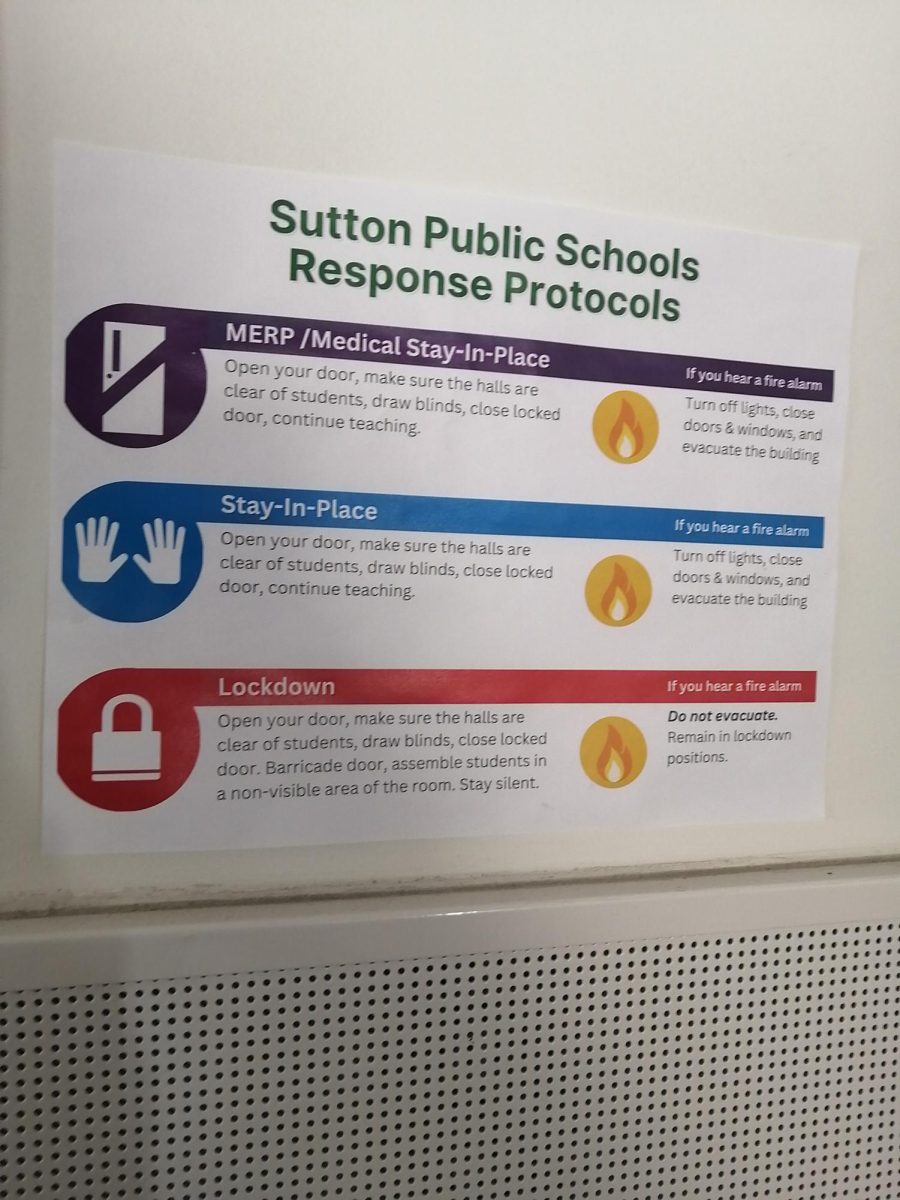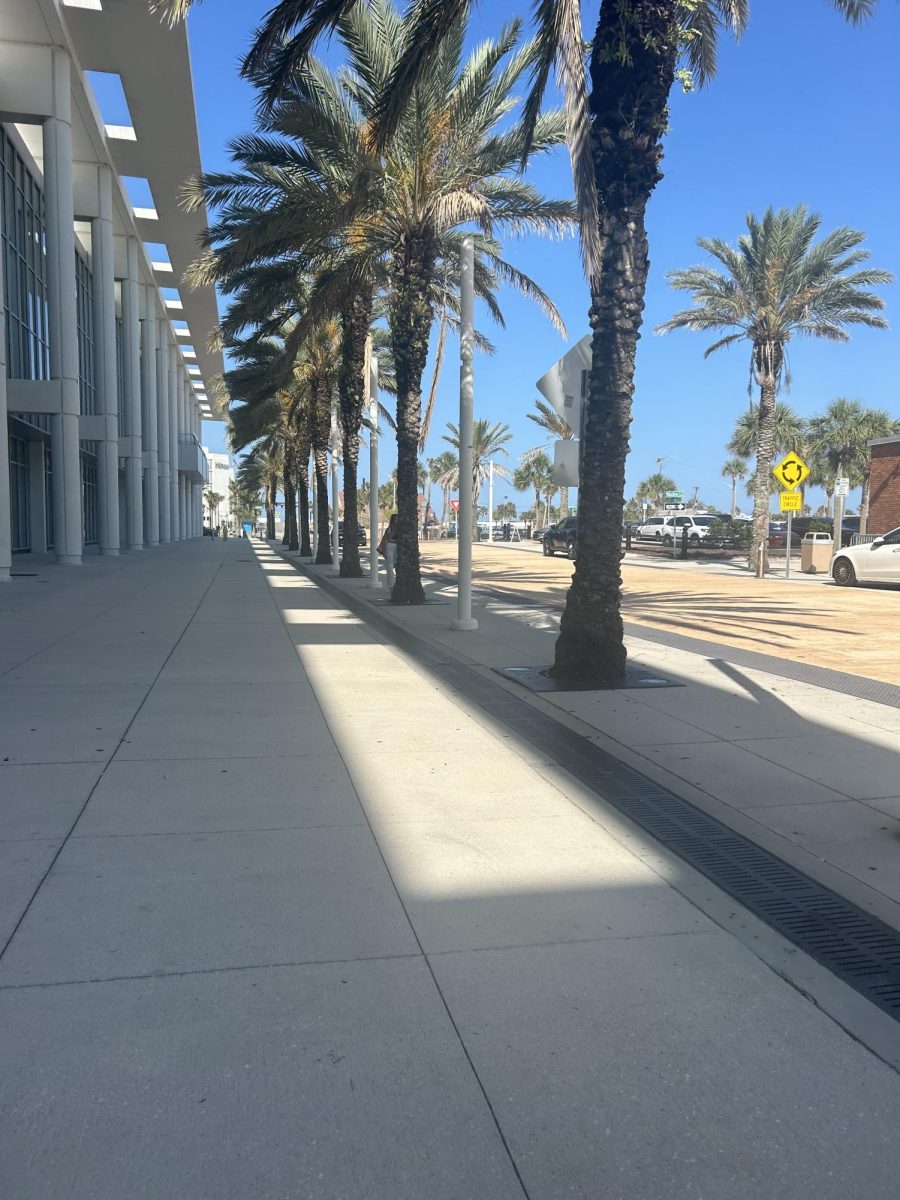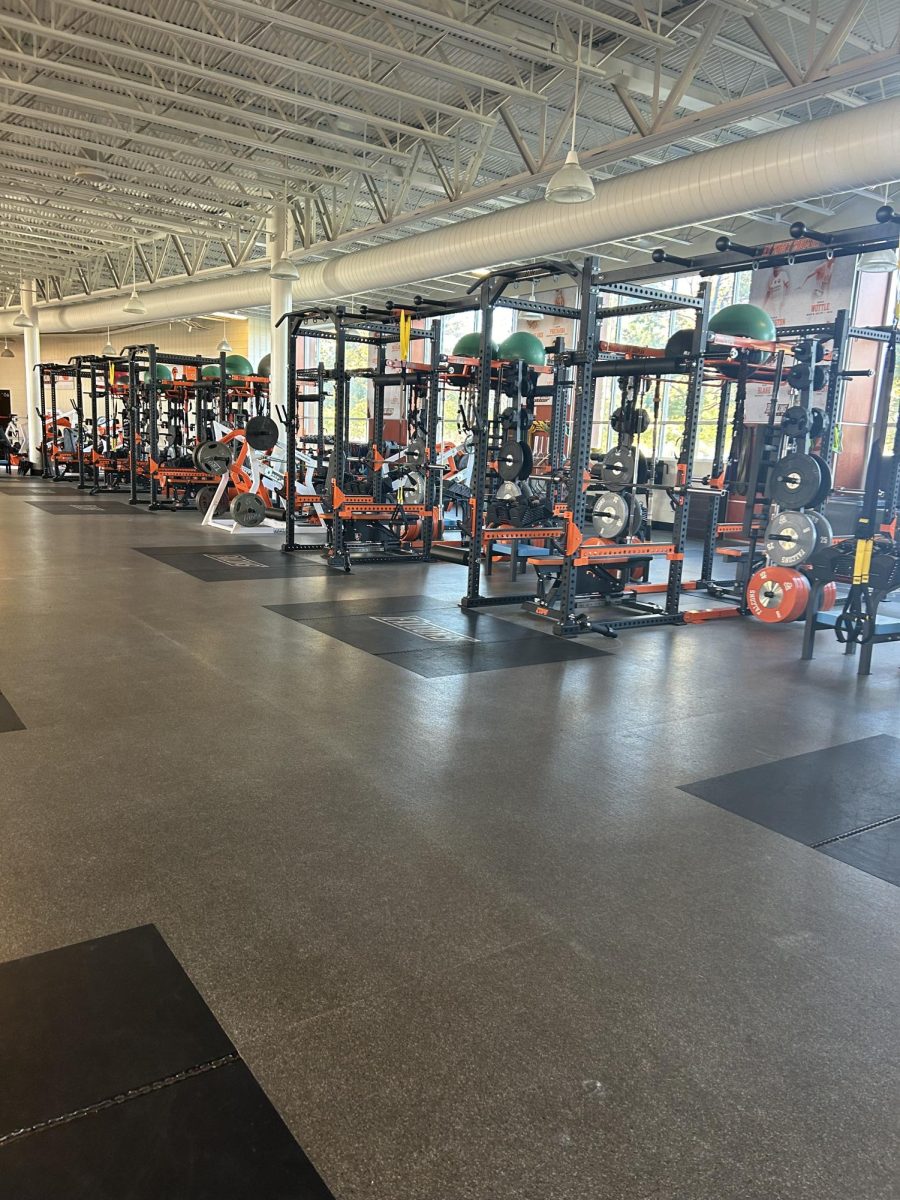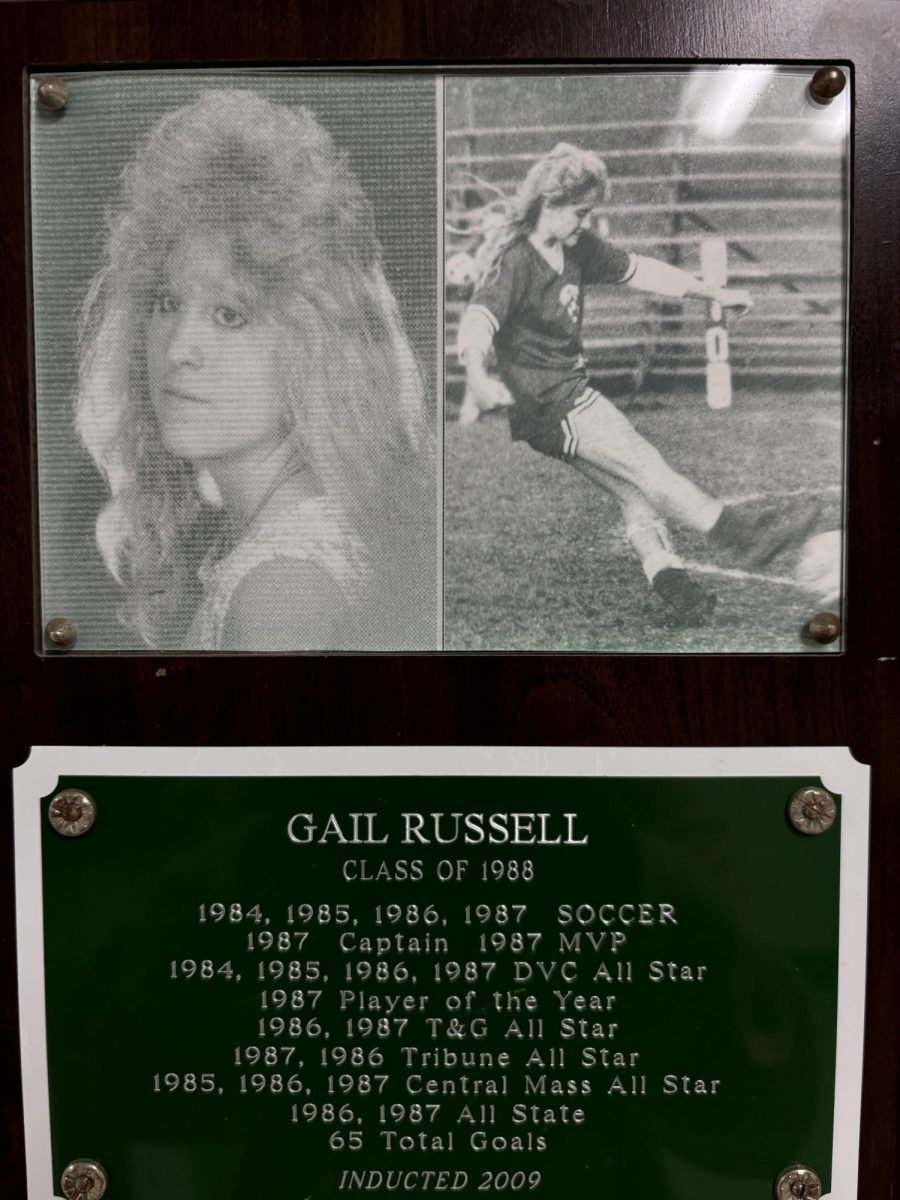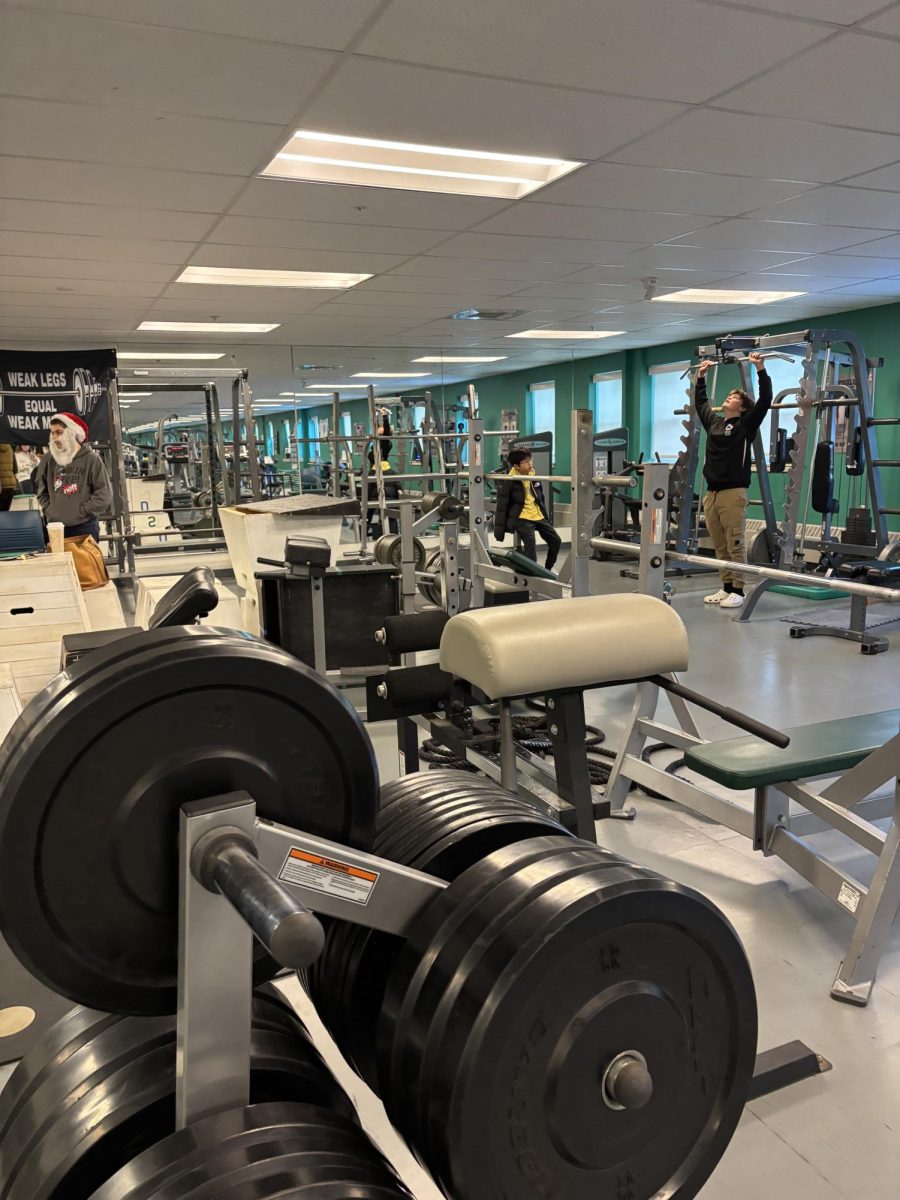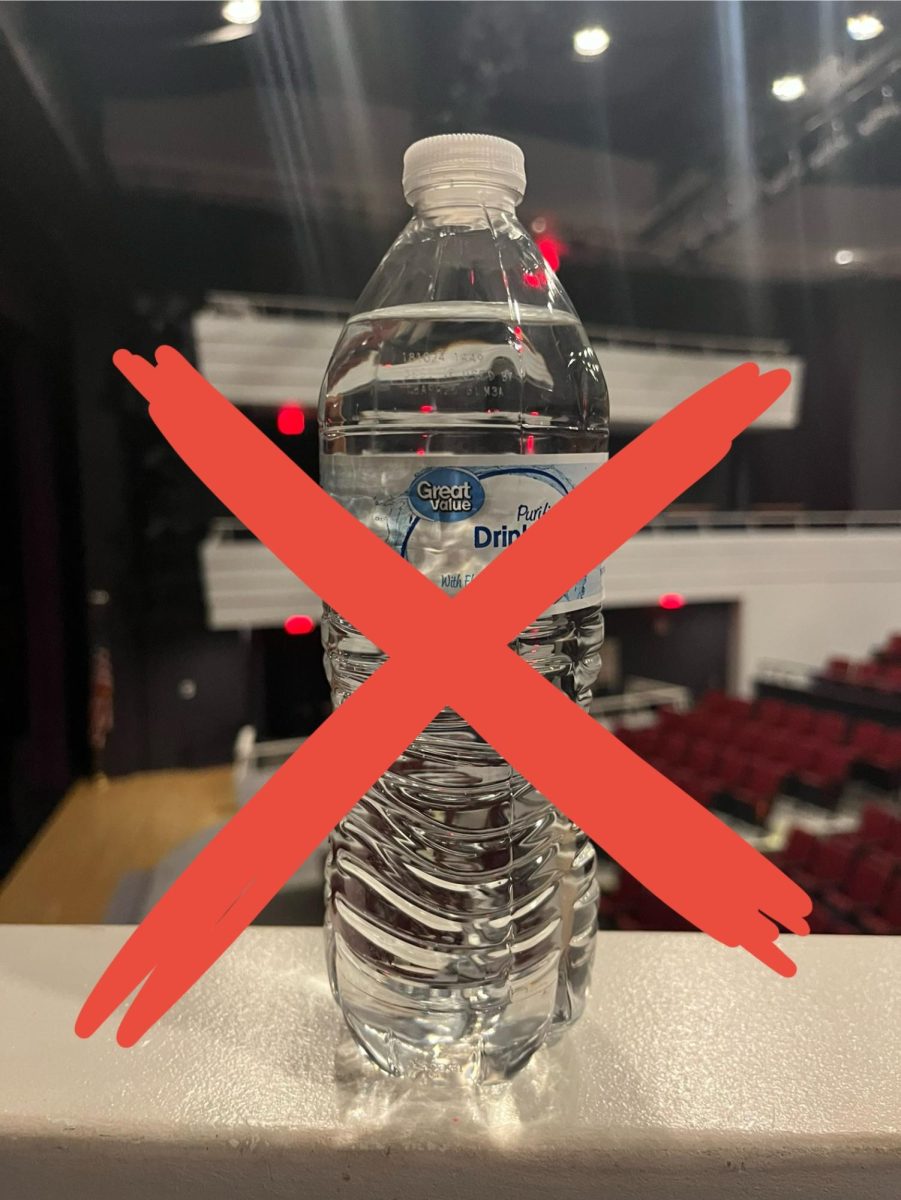Are We Using The Best Grading System?
Is change always a good thing?
December 1, 2021
Recently, since the release of our grades for quarter one, I have questioned if the grading system we use is the best possible, or does it disencourage our students rather than simply report their progress? So I decided to do some research and look for other grading systems, in an attempt to compare them with the one currently used, and to see if we have a more viable option for grading, that would help students and improve their performance.
In one of my searches I managed to find a grading system used by top colleges, like Harvard and Yale. They used a grading system with the following categories: Honor, Pass, Low Pass & Fail. This grading system is interesting because it forces students to compete with themselves rather than others. However the reason for it to work is because if a student was able to get into such an acclaimed college, they most likely won’t be failing or getting extremely low grades.
Though some may argue that changing the grading system will prepare students for these big colleges, I would differ. It is very obvious to say that not all students will be going to college, and of those who intend to, only a minority will enter these highly competitive schools. Therefore, since most colleges still use the letter system on Report Cards, it makes sense for the school to do so as well. However, there is a better option, which is closer at hand for us; this being a Percentage Grade.
We are no strangers to the Percentage Grade. It is present in iPass, where students check the grades anytime all the time throughout the year. I can’t help but question, why do we have grades of 1-100 in iPass, but have Letter Grades in our Report Cards?
I think that a grading system of 1-100 is the best option for our Report Cards. It is specific and gives a very in depth look into the student’s grades with the scale of one to 100, and decimals in between.
During research, I saw a few articles that argued that the Honor, Pass, Low Pass & Fail system is favorable to elective classes. So I interviewed Mr. DeZago, our Graphic Design teacher, to see his point of view.
“I’d use whatever system they tell me to employ,” said Mr. DeZago, “but isn’t that just calling something by another name? Wouldn’t the ‘Fail’ be an ‘F’, the pass be the ‘C’, and the ‘Honor’ be an ‘A’. You are still labeling someone’s work to a grade, be it whatever you might call it.”
I strongly agree with Mr. DeZago. Changing the name or the label doesn’t fix the problem. It just covers it for a while. It wouldn’t take long for students to realize this.
The traditional Letter Grade system will remain for a long time in our Report Cards. No matter what name you give to a grade, it won’t change much, it will remain as a label to a student’s work.
And though electives are chosen by students, they are viewed the same way as any other class, and a change in the grade system is implemented on the schools as a whole, and not on a few specific classes.
“I don’t think there should be a view of electives being different from core academic classes,” said Mr. DeZago, “I like to think that our classes (Electives) have the same rigor than any other.” I believe that electives are just like any class, and that an academic change should apply to the school as a whole.
However, I personally am not fond of the Letter Grade, I think that it’s too broad and doesn’t give students a view of the entire spectrum. To me, a Percentage Grade is more accurate and direct. The last thing I want to do while checking my grades is iPass, is to search a conversion grid on Google to see what it will look like in a Report Card.
As a student, I want to be able to see the most minimal detail of grade. For instance, the grade B- covers 82-84. To me, it is important to see exactly where I fall.
Yet, I cannot assume that others would be as pleased with the Percentage Grade as I would. The Letter Grade is a standard in American education, it has been for a long time, and I believe that it will continue this way.
As clear as change can be, it always causes confusion. No matter how a grade of 1-100 is precise and clear, changing the system would most likely not please most. Our teachers, students, and parents have always been accustomed to the Letter Grade, they have used it ever since they began their learning career. The Letter Grade has been around for as long as we can remember, and it probably will remain for a long time to come.


